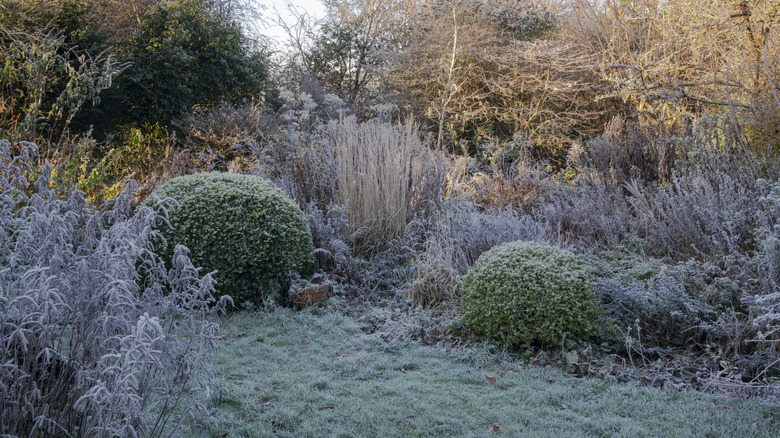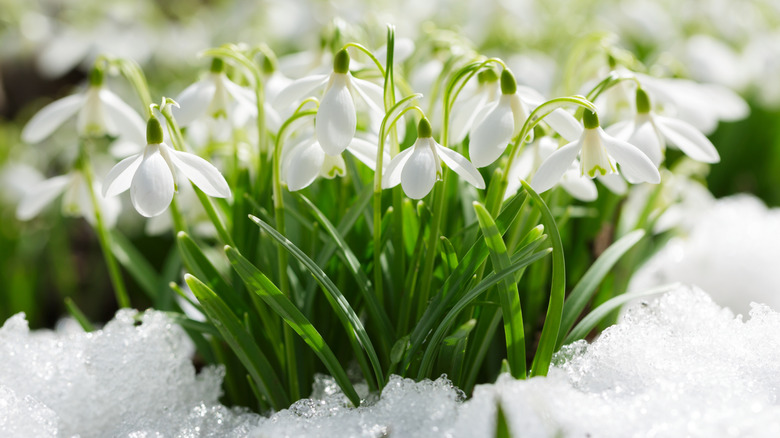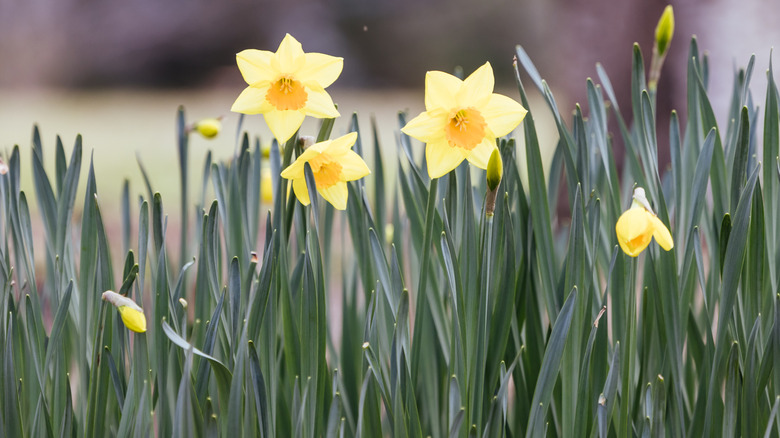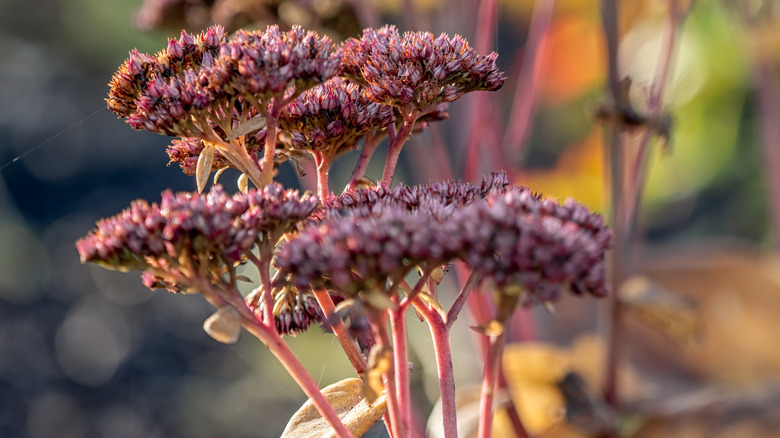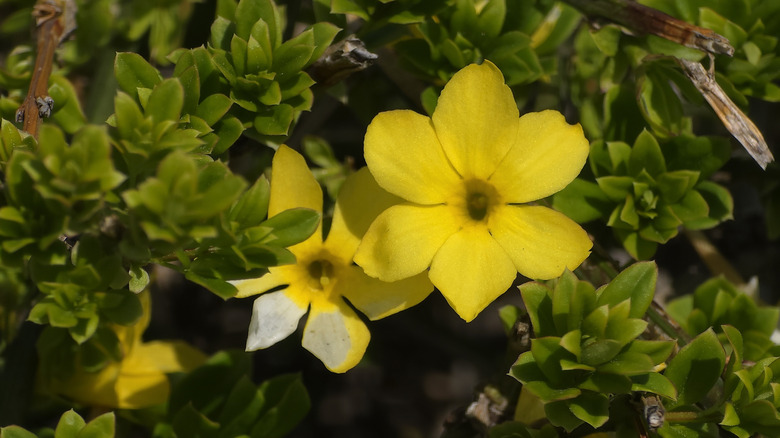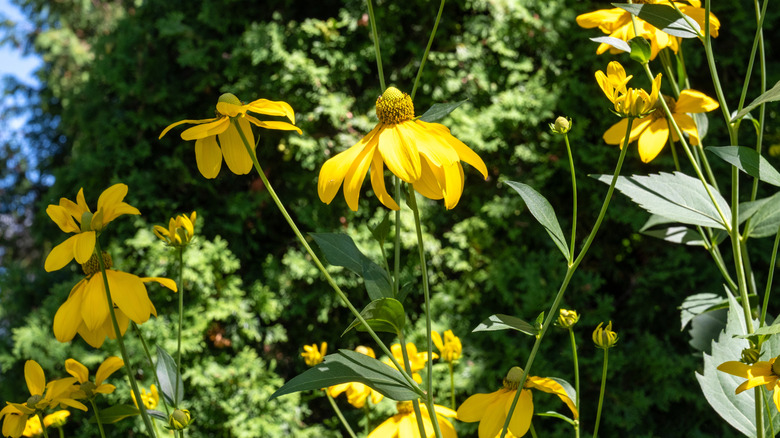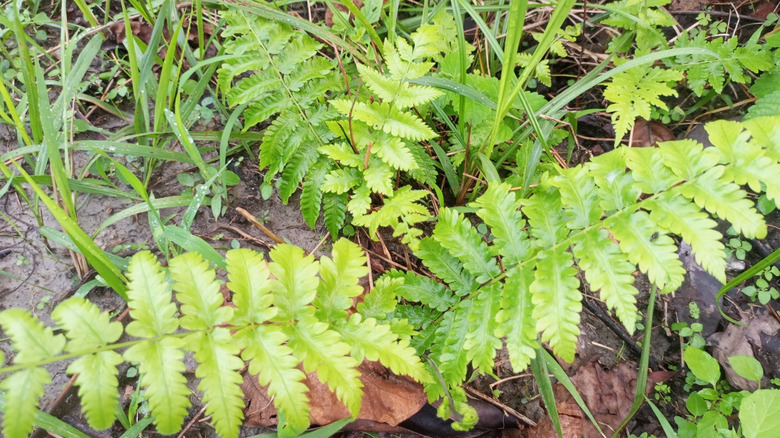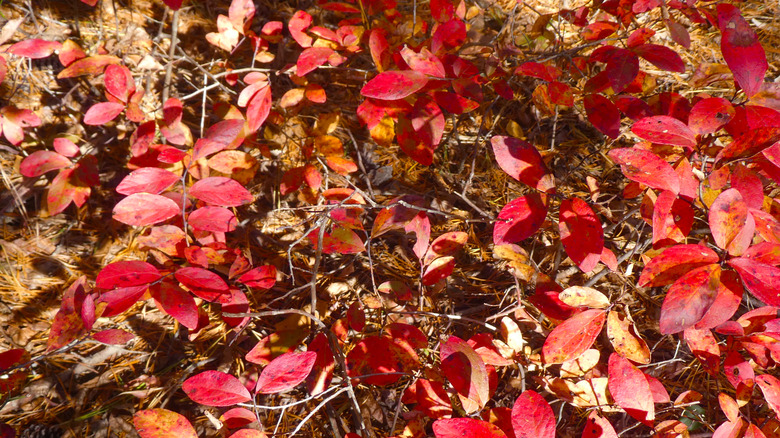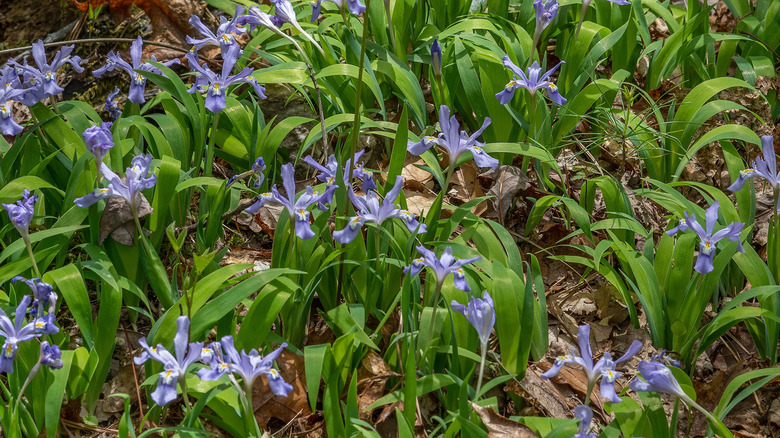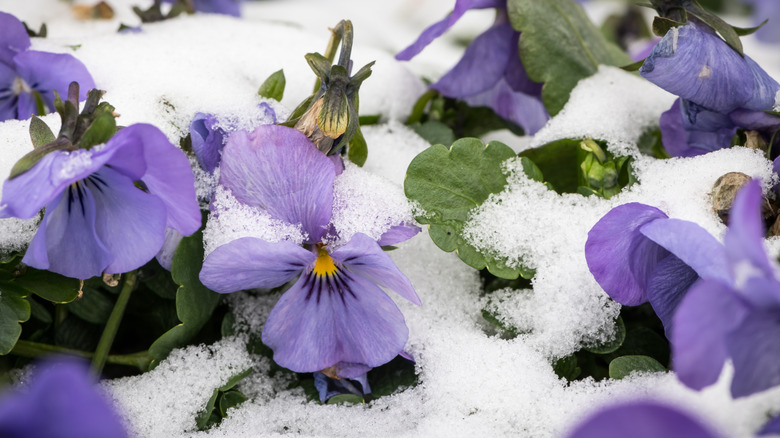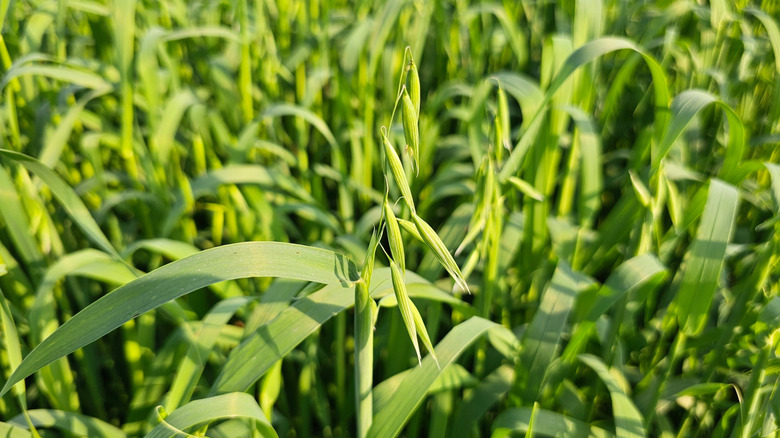Cold-Hardy Ground Covers To Plant For Winter That Aren't Evergreens
Cold-hardy ground covers to plant for winter that aren't evergreens can keep a landscape thriving even in the coldest months. These low-growing plants do more than add seasonal interest, they also protect the soil from erosion, conserve moisture, and suppress weeds, much like a mulch would. While there are evergreen ground covers for stunning color all year round, non-evergreen options, like winter jasmine and pansies, offer variety and can still stand up to tough seasonal conditions. Planting cold-hardy ground covers in winter matters because they stabilize problem areas, such as spots beneath trees or on slopes, while setting the stage for healthier growth when spring returns.
Beyond aesthetics, ground covers feed into the rhythm of a garden in winter. By forming dense mats, they reduce compaction, hold nutrients in place, and create a living mulch that benefits soil life and structure. Beneath trees, shade-tolerant species manage competition from roots while handling leaf litter, which acts as natural insulation when not piled too deeply. Over time, any decomposing leaves from your plants will enrich the soil of your garden, while the ground covers you've planted shield against runoff and protect young seedlings. This makes it especially important to choose the best ground covers to plant under shade trees in your garden or yard. When chosen wisely, those ground covers will balance beauty and function, ensuring that a garden remains resilient even when temperatures drop and growth slows in the winter season.
Common snowdrop
A classic winter-blooming perennial is the common snowdrop (Galanthus nivalis). It's valued for its white, bell-shaped flowers that break through the frost when few other plants would. Snowdrops are one of the best cold-weather ground covers for gardeners who want seasonal color without evergreen foliage. From late winter until early spring, each bulb brightens borders, rock gardens, and forest margins with its single nodding bloom and slender, silvery-green foliage. They prefer full sun to partial shade and rich, well-drained soil, and are hardy in USDA zones 3 to 9.
Daffodils
Perennial and quick-growing, daffodils (Narcissus) add plenty of brightness to winter gardens with their sunny colors. These non-evergreen, cold-hardy ground covers, have slender, strap-like leaves that grow from deciduous bulbs to create clusters that are 8 to 30 inches tall. From late winter until spring, its trumpet-shaped blooms appear in traditional yellow, white, orange, or pink. Once established, daffodils can tolerate drought and thrive in acidic, well-drained soils. They grow best in full sun or partial shade in zones 3 to 8.
Matrona stonecrop
Matrona stonecrop (Hylotelephium 'Matrona') serves as a hardy ground cover for winter landscapes. Its thick purple-green leaves, which turn bronze in the winter, grow in upright clumps to a height of 18 to 30 inches. Its dense clusters of pale pink, star-shaped flowers offer texture in gardens throughout the summer and into the winter. This drought-tolerant succulent grows well in rocky or poor soils that have adequate drainage and enjoys sun or partial shade. It provides long-lasting color, structure, and pollinator appeal with little maintenance and is hardy in zones 3 to 9.
Winter jasmine
When little else is in bloom, winter jasmine (Jasminum nudiflorum) adds beauty to gardens. The yellow flowers of this cold-hardy, deciduous perennial shrub bloom on bare stems in mid- to late-winter, long before new leaves sprout, illuminating banks and slopes. It is perfect as a ground cover because its green, tumbling branches readily root where they come into contact with the soil, forming a thick, low-growing mat. Winter jasmine is a versatile choice for mass plantings because it thrives in zones 6 to 10 and can withstand full sun to partial shade and adapts to most soil types.
Green-Head Coneflower
With its rosette of green leaves that endure the cold months, the green-head coneflower (Rudbeckia laciniata) adds plenty of vibrancy and texture to winter gardens. Originally from eastern North America, it's a perennial that grows well in full sun or partial shade, and readily adjusts to soils that are damp or well-drained. As its base leaves create a natural ground cover, it smoothly transitions into winter after standing tall in summer with yellow, daisy-like blossoms. Hardy in zones 3 to 9, it is as useful as it is beautiful in the winter landscape, supporting pollinators and wildlife throughout the year.
New York fern
One ground cover with wonderfully subtle beauty is the New York fern (Thelypteris noveboracensis). Despite being deciduous, its delicate fronds persist throughout winter, providing subtle color and structure when most other plants wither. This hardy perennial, which is native to the eastern United States and Canada, thrives in zones 3 to 8. It spreads by slender, scaly rhizomes to create rich colonies in woods or shady places, growing in moist, well-drained, acidic soils and dappled light. It often fills the gaps left by fading wildflowers in the garden and offers toad cover and songbird nesting materials.
Lowbush blueberry
Growing in zones 2 to 8, lowbush blueberry (Vaccinium angustifolium) is among the most resilient native ground cover for colder areas. Its bronze-tinged stems and twiggy red branches will subtly brighten bleak landscapes in winter, even though it won't blossom until spring. This deciduous shrub is perfect for naturalized regions or sloped land since it grows dense, spreading mats that are just 6 inches to 2 feet tall. It favors acidic, well-drained soils that are high in organic matter and full sun over partial shade. It also provides birds with small, sweet berries in the summer.
Dwarf crested iris
The dwarf crested iris (Iris cristata) is an easy-to-grow ground cover that hummingbirds love. This perennial can be grown in zones 3 to 9, and although it only blooms in the spring, it can easily endure the winter. Its rhizomes grow out to create soft, leafy carpets that look good in shady borders and rock gardens. It tolerates dry or difficult areas under trees and even withstands deer, but does prefer partial shade and well-drained soil. Once established, it can be a low-maintenance option for gardeners.
Pansy
Another winter-blooming flower is the pansy (Viola x wittrockiana). Known for its vivid "faces" that come in shades of purple, yellow, and white, it brightens garden beds when little else dares to bloom. Though they are only hardy in zones 6 to 10, pansies thrive through mild frosts and bring reliable color to borders, containers, and walkways all winter long in those zones. They prefer full sun to partial shade and moist, well-drained, humus-rich soil. While less cold-tolerant than some perennials, their ability to flower through winter makes them a favorite. They can also be grown as an annual.
Oats
Grown worldwide and long valued as a fall-sown cover crop, oats (Avena sativa) are a cold-hardy winter cover that add life and movement to quiet winter gardens with their upright, grass-like form . They grow best in full sun and well-drained soils of nearly any texture, from sandy to loamy, and tolerate wetter sites better than most grains. Grown as an annual in the United States, oats flourish in cool conditions and grow rapidly, forming dense mats that protect soil and suppress weeds. Their stems bring a touch of whimsy to winter landscapes before naturally dying back when it gets hot.
